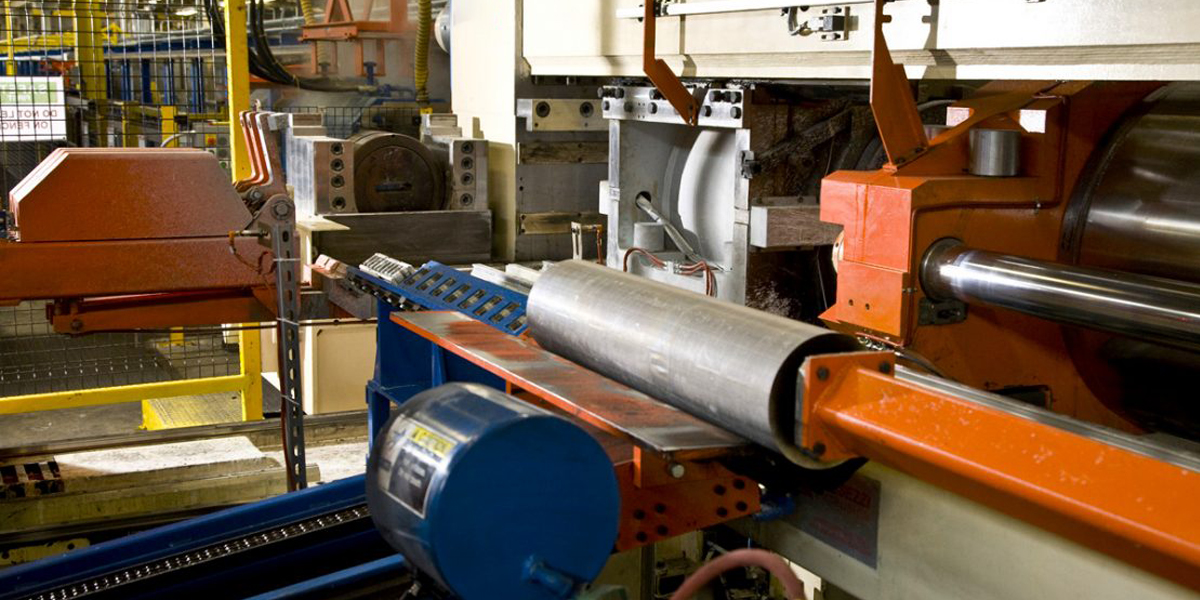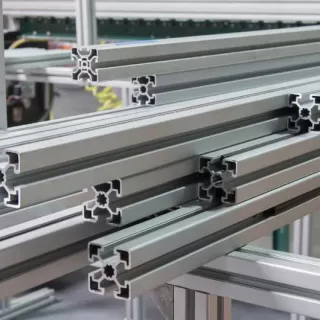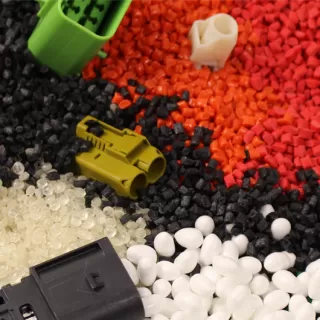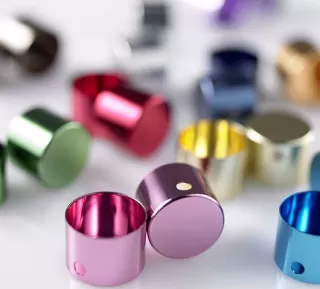Pros & Cons Of Extrusion Services
Extrusion is a manufacturing technique in which material is pushed through a die to form a continuous profile or shape with a consistent cross-section. This process can be used for a variety of materials, including metals, plastics, rubber. By using this technique, we can create complex parts in a highly accurate and consistent manner, completing your design concept.

Overview of the benefits of extrusion services:
Cost-effective for mass production of continuous shapes.
Wide range of materials to choose from.
High production speed and efficiency.
Precise control of dimensions and cross-sectional shapes.
Ability to produce complex contours and intricate designs.
Minimal material waste.
Overview of disadvantages of extrusion services:
Limited to continuous shapes with consistent cross-sections.
Some materials may require additional processing steps or equipment.
Initial setup costs for custom dies and tooling can be high.
Achieving tight tolerances can be a challenge.
Some materials may have limitations in terms of temperature or chemical resistance.
Applications of materials commonly used in extrusion services:
Materials | Application |
Polyethylene (PE) | PE is versatile, cost-effective, and has good chemical resistance. It is commonly used for packaging, pipes, and construction materials. |
Polypropylene (PP) | PP offers good chemical resistance, high-temperature stability, and low moisture absorption. It finds applications in automotive parts, packaging, and fibers. |
Polystyrene (PS) | PS is lightweight, rigid, and has excellent insulation properties. It is used for packaging, disposable utensils, and insulation. |
PVC | PVC is durable, weather-resistant, and flame-retardant. It is widely used in construction, electrical cables, and window profiles. |
ABS | ABS combines strength and rigidity with good impact resistance. It is used in automotive parts, electronics, and toys. |
Aluminum | Aluminum extrusions offer excellent strength-to-weight ratio, corrosion resistance, and versatility. They are used in automotive, construction, and aerospace industries. |
Steel | Steel extrusions provide high strength, durability, and heat resistance. They find applications in construction, transportation, and manufacturing. |
Copper | Copper extrusions offer excellent electrical and thermal conductivity. They are used in electrical components, heat sinks, and plumbing systems. |
Silicone | Silicone rubber extrusions offer high-temperature resistance, flexibility, and electrical insulation properties. They find applications in automotive, aerospace, and medical industries. |
EPDM | EPDM rubber has excellent weather resistance, UV resistance, and durability. It is commonly used for seals, gaskets, and automotive components. |
Nitrile | Nitrile rubber offers good oil and fuel resistance, as well as high tensile strength. It is used in hoses, seals, and O-rings. |
Pros & Cons Of Each Kind Materials
Plastics | Pros | Cons |
Polyethylene (PE) | Versatile, cost-effective, good chemical resistance, lightweight. | Limited temperature resistance, lower strength compared to some other plastics. |
Polypropylene (PP) | Good chemical resistance, high-temperature stability, low moisture absorption. | Can be brittle at low temperatures, limited UV resistance. |
Polystyrene (PS) | Lightweight, rigid, excellent insulation properties. | Limited impact resistance, susceptible to degradation from UV exposure. |
PVC | Durable, weather-resistant, flame-retardant. | Limited temperature resistance, potential for release of toxic gases when burned. |
ABS | Good strength, rigidity, and impact resistance. | Can be prone to warping, limited heat resistance. |
Metals | ||
Aluminum | Excellent strength-to-weight ratio, corrosion resistance, versatility. | Lower strength compared to steel, higher cost compared to some other metals. |
Steel | High strength, durability, heat resistance. | Susceptible to corrosion, heavier compared to aluminum. |
Copper | Excellent electrical and thermal conductivity. | Expensive, prone to oxidation and discoloration. |
Rubber | ||
Silicone | High-temperature resistance, flexibility, electrical insulation properties. | Relatively high cost, limited tear strength. |
EPDM | Excellent weather resistance, UV resistance, durability. | Limited chemical resistance, lower heat resistance compared to silicone. |
Nitrile | Good oil and fuel resistance, high tensile strength. | Limited flexibility at low temperatures, may not be suitable for high-temperature applications. |
Some common thermoplastics used in extrusion processes:
Polyethylene (PE) | Polystyrene (PS) | Nylon (Polyamide) | Other |
High-Density Polyethylene (HDPE) | General-Purpose Polystyrene (GPPS) | Nylon 6 (PA6) | Polybutylene Terephthalate (PBT) |
Low-Density Polyethylene (LDPE) | High-Impact Polystyrene (HIPS) | Nylon 66 (PA66) | Polyurethane (PU) |
Linear Low-Density Polyethylene (LLDPE) | Expandable Polystyrene (EPS) | Polyvinylidene Fluoride (PVDF) | Ethylene Vinyl Acetate (EVA) |
Polypropylene (PP) | Polyvinyl Chloride (PVC) | Acrylonitrile Butadiene Styrene (ABS) | |
Polycarbonate (PC) | |||
Polyethylene Terephthalate (PET) |
Related Knowledge


